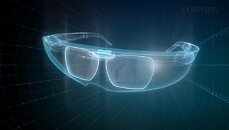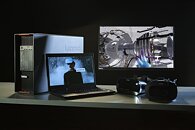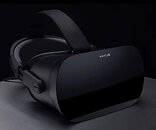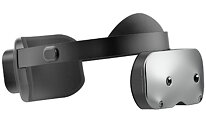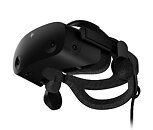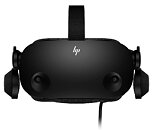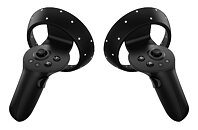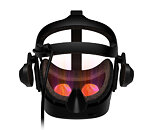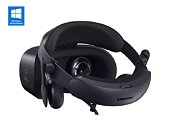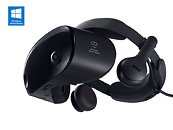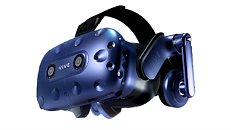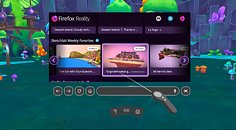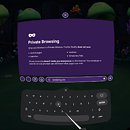
Apple "Vision Air" Mixed Reality Headset Tipped for Late 2025/Early 2026 Launch
A series of April leaks have suggested that Apple's mixed reality headset engineering team is concocting two distinct next-gen solutions. Mid-month, leakers shared alleged early shots of "Vision Air"-related connectors and external parts—hinting at a potential dark blue colorway. Combined with a selection of fairly legitimate-sounding predictions from a notorious industry watcher, so-called Vision Pro sequels are on the way. Apple's Chinese manufacturing partners are reportedly deep into mass production of crucial "Vision Pro 2" components. Mark Gurman's "Power On" newsletter has provided plenty of inside knowledge stories over the past couple of months—his latest article included a section dedicated to fresh VR/AR insights: "I reported earlier this month that Apple is full steam ahead on two new successors to the Vision Pro (2023): a lighter version at a cheaper price point, and a Mac-tethered model aimed at applications that need maximum responsiveness."
He continued: "all signs point to the lighter model arriving between the end of this year and the first half of 2026. Despite the first version selling poorly, the company isn't abandoning ship here. The main uncertainty is whether the lighter version will be considered a replacement for the Vision Pro or a cheaper alternative." In theory, Apple could test "more mainstream" gaming waters with an initial rollout of the claimed cheaper + lightweight "Vision Air" model—perhaps set to do battle with readily available rival devices; e.g. Meta's dominant Quest 3 range. A full-blown Vision Pro follow-up could launch later on in 2026—likely reserved for upper-crust customers, with an increased focus on productivity applications.
He continued: "all signs point to the lighter model arriving between the end of this year and the first half of 2026. Despite the first version selling poorly, the company isn't abandoning ship here. The main uncertainty is whether the lighter version will be considered a replacement for the Vision Pro or a cheaper alternative." In theory, Apple could test "more mainstream" gaming waters with an initial rollout of the claimed cheaper + lightweight "Vision Air" model—perhaps set to do battle with readily available rival devices; e.g. Meta's dominant Quest 3 range. A full-blown Vision Pro follow-up could launch later on in 2026—likely reserved for upper-crust customers, with an increased focus on productivity applications.






















































